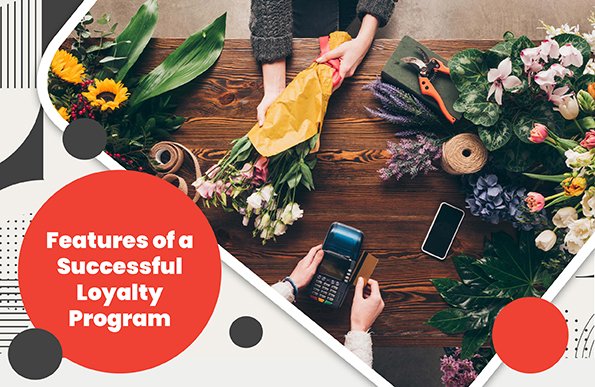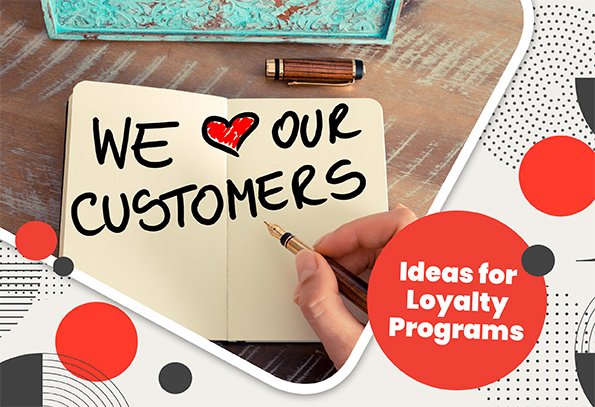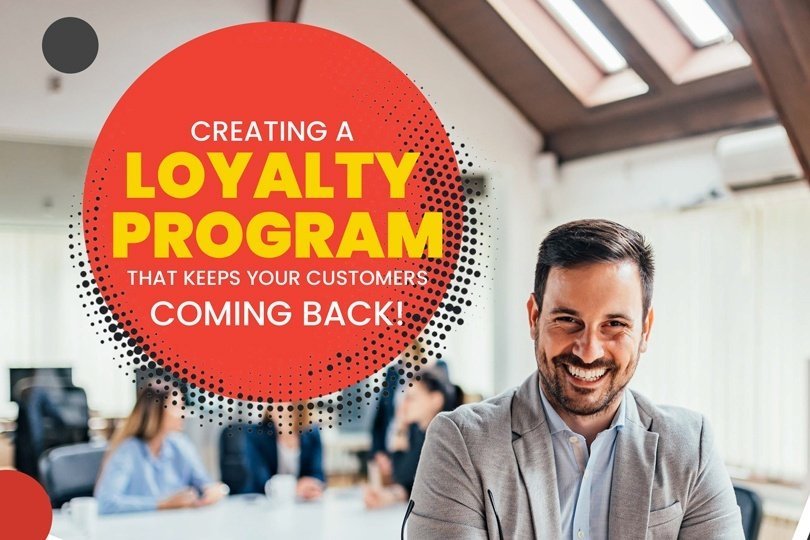Loyalty programs are everywhere. I’m willing to bet you have several loyalty cards in your wallet. You may even have loyalty memberships you’ve forgotten about. Customers love them – and with good reason.
A well-thought-out loyalty program provides benefits to customers that can range from reduced prices for products to giveaways to exclusive access to special events and offers. For businesses, they help with customer retention by incentivizing loyalty.
The trick, of course, is creating a loyalty program that does both. There are lots of different options, including referral programs.
So, with that in mind, let’s talk about loyalty programs. Should you create one? What benefits and features are best for your customers and you? Here’s what you need to know.
The Benefits of a Loyalty Program
Let’s start by talking about the benefits you’ll reap if you start a loyalty program that appeals to your customers. There are several that make loyalty programs a must for marketers and business owners.
- They can help you retain customers. One study found that a 5% increase in customer retention led to an average 25% increase in profits.
- 60% of loyal customers say they buy more frequently and make more purchases from the brands they love.
- Surprisingly, loyalty programs don’t cost companies as much as you might think. It costs far more to acquire a new customer than to keep an existing one. When you offset the cost of a loyalty program against the cost to attract new customers, it’s still a far less expensive option.
- Customers who participate in loyalty programs feel valued and that triggers a cognitive bias known as Reciprocity. That’s the instinct that makes us feel that we should return a favor when someone does something for us.
- Research shows that loyalty programs increase sales. According to one study, members of loyalty programs generated between 12% and 18% more revenue for businesses than non-members.
- Loyalty programs can help you learn about your customers. It may take a bit of trial and error but creating a loyalty program allows you to collect valuable data about your customers and their buying habits. You can use what you learn to fine-tune your loyalty program and to create offers that will appeal to your most loyal customers.
Loyalty programs offer benefits to you as a business owner while also giving your most loyal customers a reason to return to your business, increase their purchasing, and recommend your business to their friends and social media followers.

What features should your loyalty program have? There’s no one correct answer, but there are some things that most successful loyalty programs offer. Here are the ones that you should seriously think about working into your program:
- A structure that incentivizes customers to purchase frequently and spend more money than they normally would. A good example is the beauty supply store ULTA. Loyalty members earn one point for each dollar they spend and may redeem points for over 20,000 products. There are platinum and diamond levels with additional incentives.
- Early access to special offers and products. A lot of loyalty programs offer members insider status where they get first access to new offers and a heads-up on the release of new products. It’s a good way to make your loyalty program members feel valued and special.
- Ease of use. Providing a frictionless experience is a must if you want members to participate in your program. It shouldn’t be difficult to join, and you should make it simple to accrue rewards and use them.
- Personalization. It’s a great idea to create a mailing list for your loyalty members and personalize what you send to them.
- Freebies. Customers must accumulate points to earn rewards, but there’s nothing wrong with offering them something just for joining your program. A key example here is Sephora, which offers a free birthday gift to members every year. It’s a nice reminder that they care about their customers – and who doesn’t like a birthday present?
- Brand relevance. Finally, your program should be relevant to your brand and deliver what your customers want.
“The key here is to think about your business, brand values, and customers and create a loyalty program that delivers on your customers’ expectations while helping your bottom line.”

Here are some suggestions for how to structure your loyalty program in a way that makes customers want to participate.
- Use a simple point-based system. I’ve seen some loyalty programs that are convoluted. Here again, ULTA’s “one point for each dollar spent” is a role model. Nobody’s getting confused about how their system works.
- Charge a fee for access. This option might seem counterintuitive but it’s often quite effective. Two examples are Amazon (Amazon Prime) and REI, which charges a $20 fee for lifetime access and pays dividends to customers based on how much they spend during the year.
- Build your program around shared values. Not every reward needs to be monetary – and some can be both monetary and do good in the world. A great example is Patagonia, which offers a “Common Threads” program that allows members to resell their used clothing on the Patagonia website. Since their customers care deeply about sustainability, this offer makes sense for them.
- Gamify your loyalty program. Everybody loves a game and there are lots of ways to make loyalty fun for your customers. For example. Safeway offers an annual Monopoly game that gives shoppers game pieces based on how much they spend. They can earn rewards including free groceries, prizes, and cash rewards.
- Create a tiered system to further reward big spenders. It makes sense to give your most loyal customers – the ones who buy the most from you – additional rewards. Creating different reward levels (Gold, Silver and Bronze, for example) will incentivize people to buy more to earn the extra rewards you’re offering.
Different products require different structures. A restaurant owner might choose a straightforward “Buy 10 meals, get one free” approach, while a retailer might be more interested in a points program.
Once you get your loyalty program going, track the results and use what you learn to fine-tune your structure and rewards. Your customers will let you know if something’s working – and your bottom line will reflect their increased loyalty.



